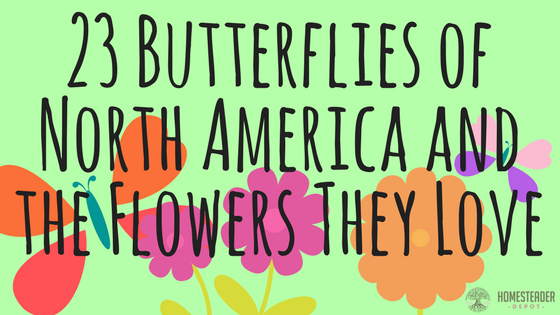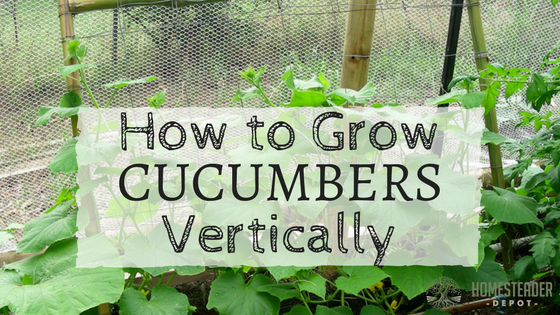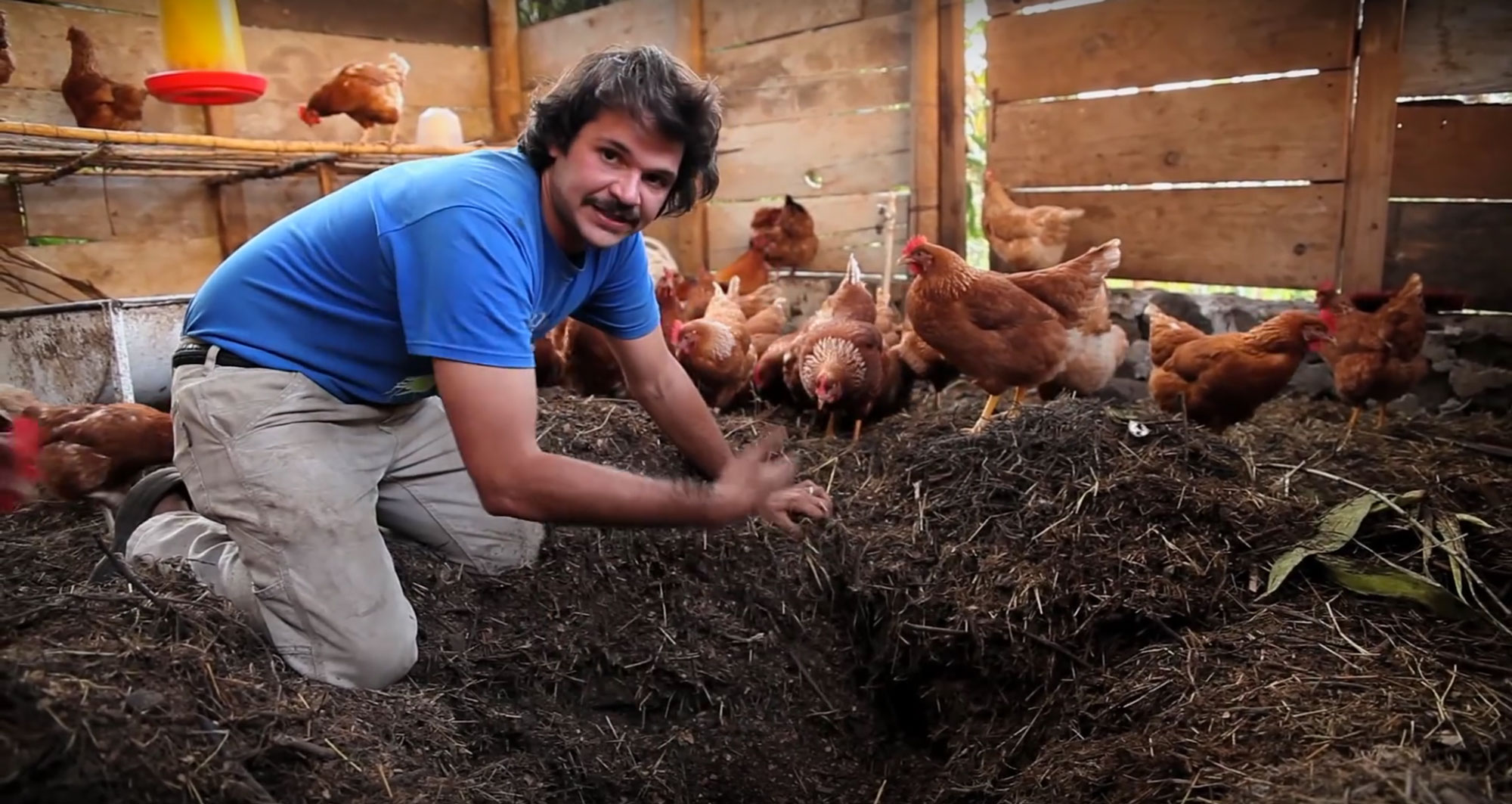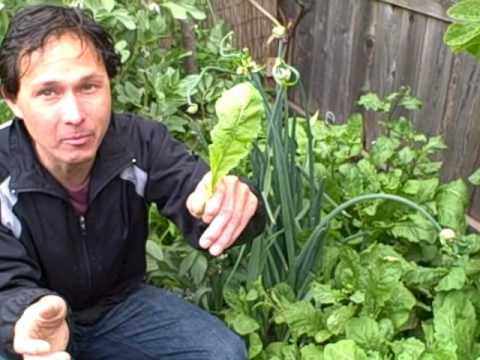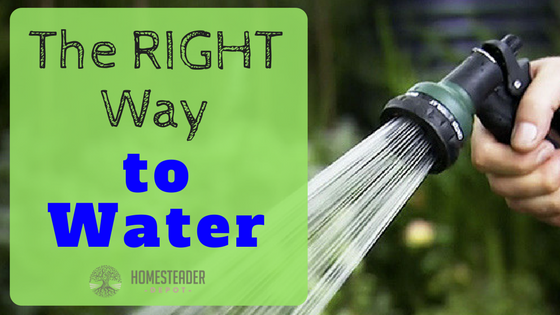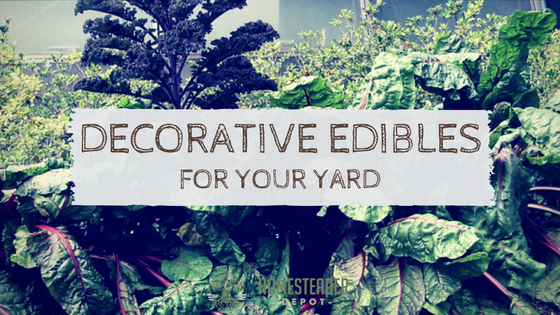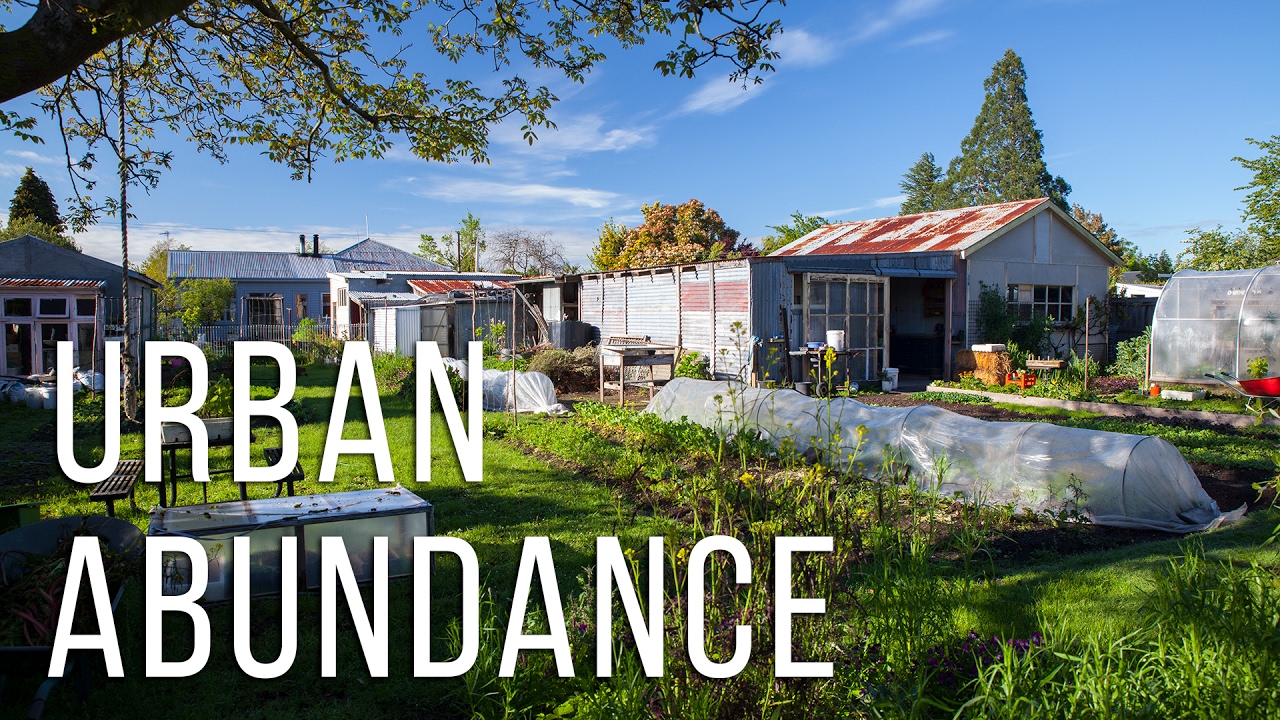North American Butterflies and the Flowers They Love (Infographic)
When you think of pollination, you probably think of bees, and we’ve posted infographics in the past about how to attract bees to your garden by planting the flowers they love. Well, bees aren’t the only insects that help with pollination in the garden, butterflies do too! If you have a garden, small children, or simply enjoy … Read more

